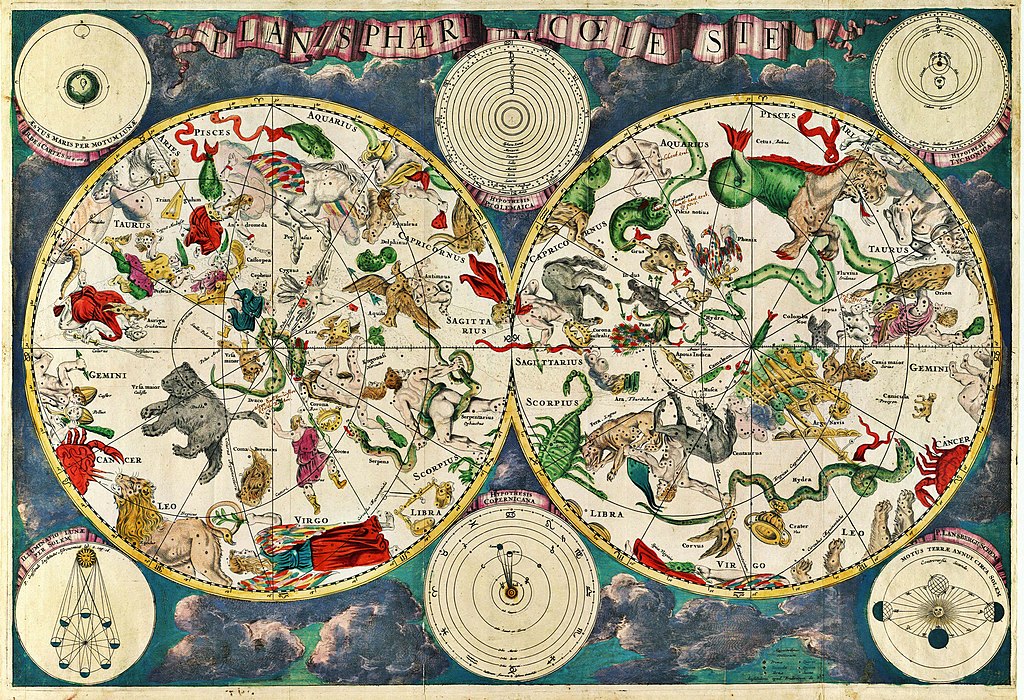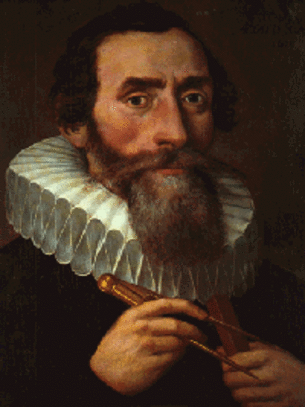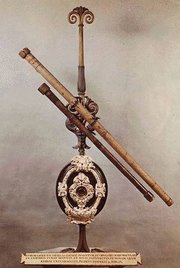Actually, I am thankful because I was born in this kind of generation. I experience everything that technology offers. Like using gadgets, computers, or everything in technology. I also thanked my beloved parents who have given me everything that I could've imagined.
Technology is defined as the collection of techniques, skills, methods, and processes used in the production of goods or services or in the accomplishments of objectives, such as scientific investigation.
The Airplane
An airplane or aeroplane (informally plane) is a powered, fixed-wing aircraft that is propelled forward by thrust from a jet engine or propeller. Airplanes come in a variety of sizes, shapes, and wing configurations. The broad spectrum of uses for airplanes includes recreation, transportation of goods and people, military, and research. Commercial aviation is a massive industry involving the flying of tens of thousands of passengers daily on airliners. Most airplanes are flown by a pilot on board the aircraft, but some are designed to be remotely or computer-controlled.
Who invented the first successful airplane?
The Wright brothers, Orville (August 19, 1871 – January 30, 1948) and Wilbur (April 16, 1867 – May 30, 1912), were two American brothers, inventors, and aviation pioneers who are credited with inventing and building the world's first successful airplane and making the first controlled, powered and sustained heavier-than-air human flight, on December 17, 1903 four miles south of Kitty Hawk, North Carolina. In 1904-1905 the brothers developed their flying machine into the first practical fixed-wing aircraft. Although not the first to build and fly experimental aircraft, the Wright brothers were the first to invent aircraft controls that made fixed-wing powered flight possible.
Orville Wright
Wilbur Wright
The Wright brothers were two of seven children born to Milton Wright (1828–1917), of English and Dutch ancestry, and Susan Catherine Koerner (1831–1889), of German and Swiss ancestry. Wilbur was born near Millville, Indiana, in 1867; Orville in Dayton, Ohio, in 1871. The brothers never married. The other Wright siblings were Reuchlin (1861–1920), Lorin (1862–1939), Katharine (1874–1929), and twins Otis and Ida (born 1870, died in infancy). In elementary school, Orville was given to mischief and was once expelled.The direct paternal ancestry goes back to a Samuel Wright (b. 1606 in Essex, England) who sailed to America and settled in Massachusetts in 1636.
Both brothers attended high school, but did not receive diplomas. The family's abrupt move in 1884 from Richmond, Indiana to Dayton, Ohio, where the family had lived during the 1870s, prevented Wilbur from receiving his diploma after finishing four years of high school. The diploma was awarded to Wilbur on April 16, 1994, his 127th birthday.












